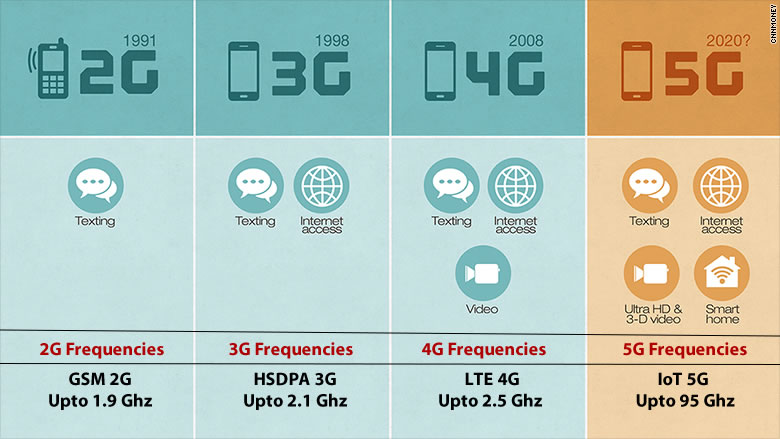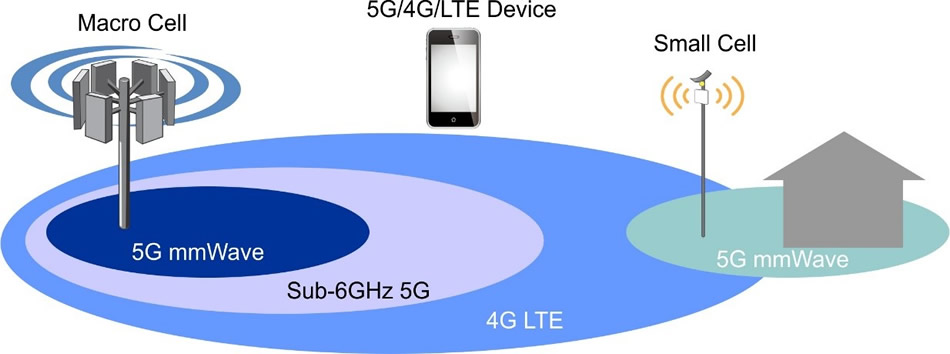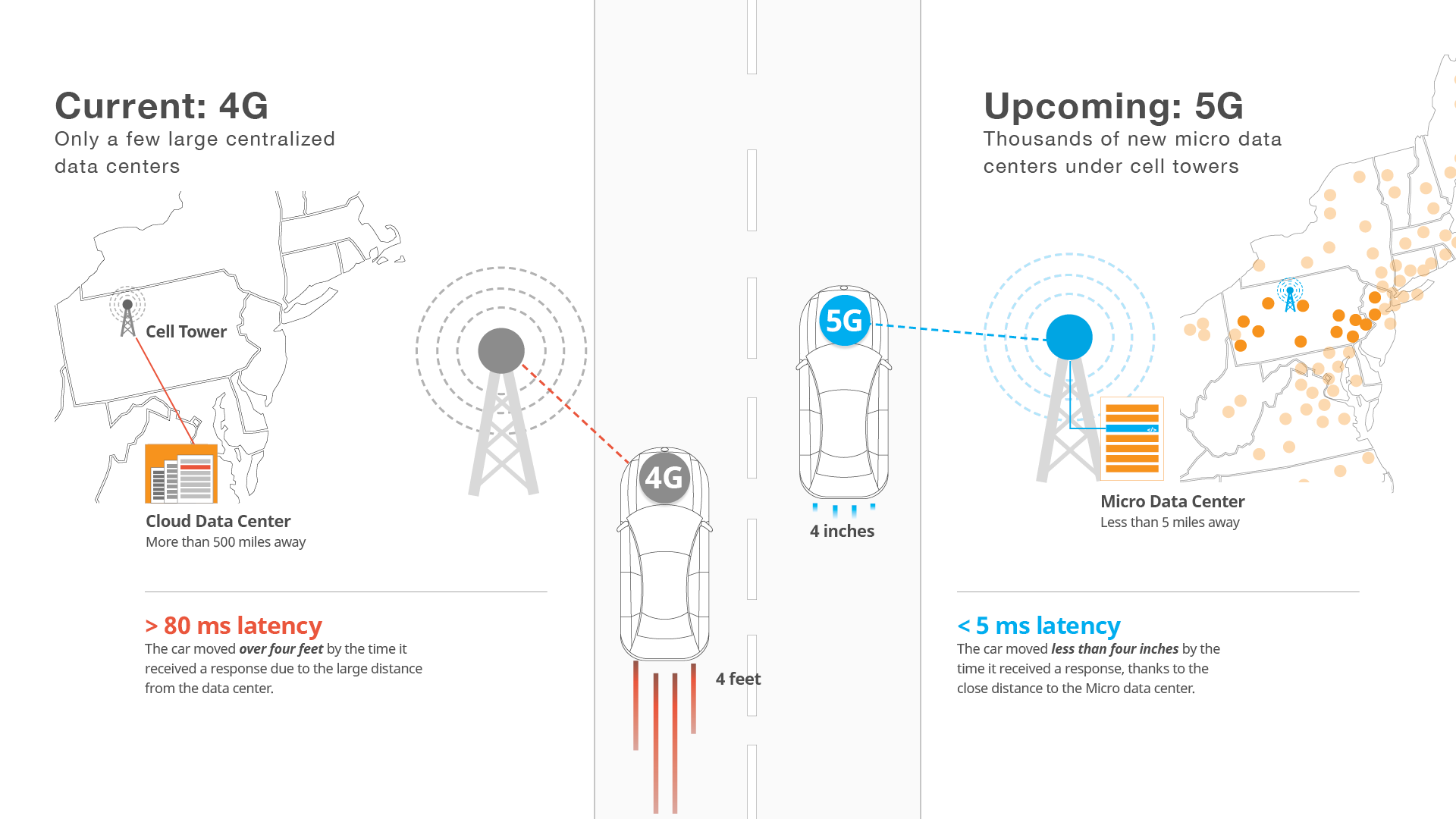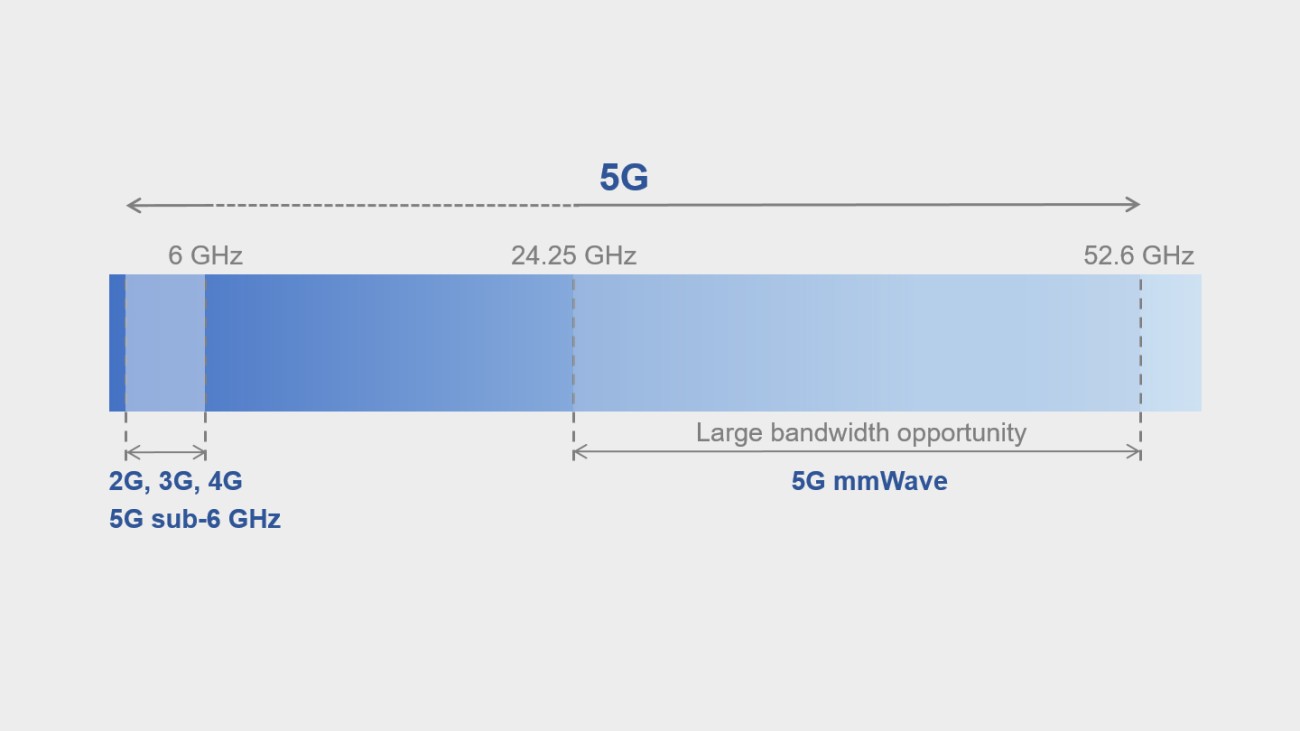5g Distance Range Vs 4g

While 4g can lose its stability during heavy traffic hours 5g is said to be able to handle a much higher number of users and devices connected simultaneously up to a million per 38 square miles as compared to around 2 000 in the case of 4g.
5g distance range vs 4g. That could drop to 1ms with 5g technology. The 2 4 ghz band provides coverage at a longer range but transmits data at slower speeds. Low band cell towers will have a range and coverage area similar to current 4g towers. With 4g networks you re looking at an average latency of around 50ms.
In 5g network terminology it refers to the range from 5g small cells to 5g compatible mobile phones or smartphones. The range is lower in the 5 ghz band because higher frequencies cannot penetrate solid objects such as walls and floors. The shorter wavelength means 5g can carry a lot of data much faster than 4g but it also means a much. In total currently three has by far the most spectrum ideal for 5g with 140mhz of the stuff while vodafone has 50mhz and ee and o2 each have 40mhz.
From a peak speed perspective 5g is 20 times faster than 4g. Looking at it another way. 30 250 megabits per second mbit s. Just to give that some context it takes at least 10ms for an image seen by the.
This means that during the time it took to download just one piece of data with 4g like a movie the same could have been downloaded 20 times over a 5g network. You could download close to 10 movies before 4g could deliver even the first half of one. With 5g technology latency in the 1 millisecond ms range can be expected whereas latency of around 20 ms is typical for 4g. Mmwaves are a popular choice for 5g but also has application in areas like radio astronomy telecommunications and.
The trade off for speed at mmwave frequencies is limited. The 5 ghz band provides less coverage but transmits data at faster speeds. Its short range and struggle with obstacles does put it at a disadvantage to 4g spectrum in some ways but that mostly just means that more small infrastructure such as small cells will be needed. Wavelengths in and around this band are therefore called millimeter waves mmwaves.
The 5g standard uses millimeter waves which are a lot shorter than the wavelengths 4g uses. It is more of equivalent to wifi range than cellular range. Low band 5g uses a similar frequency range to current 4g cellphones 600 700 mhz giving download speeds a little higher than 4g. 5g range is lesser than supported by 4g lte or 3g networks.
However higher frequencies allow data to be transmitted.













































